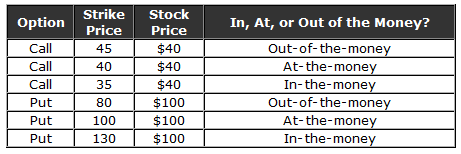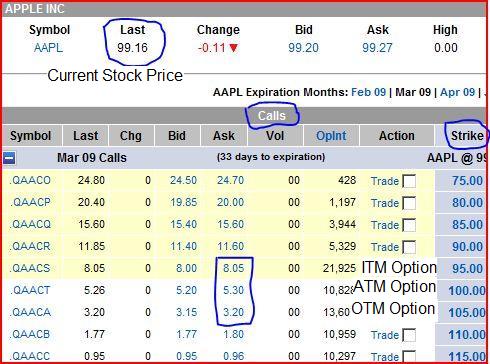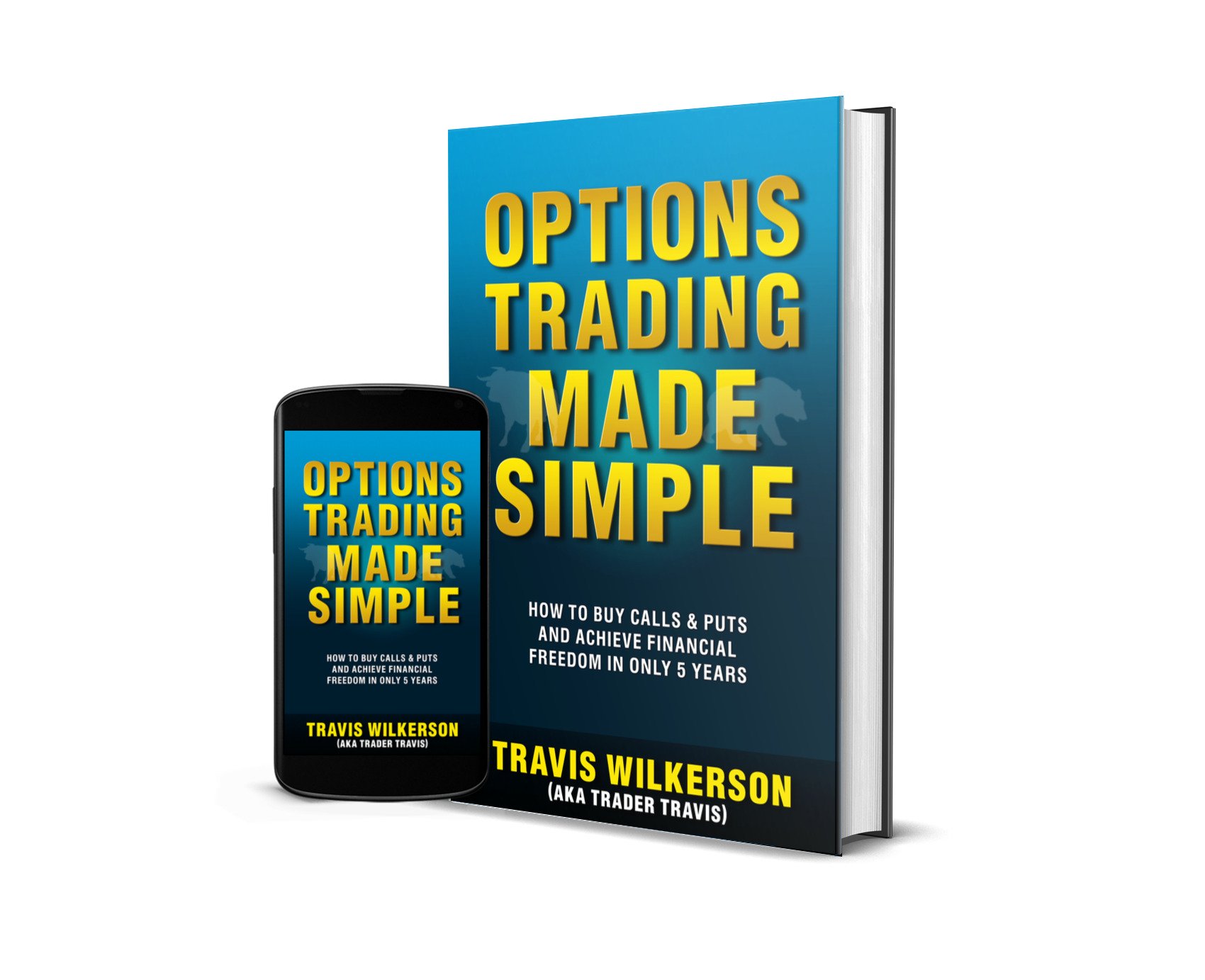Understanding the Strike Price: this vital component could make or break your option trade...
Pick the wrong strike price and your profits will suffer.
The strike or exercise price of an option is the "price" at which the stock will be bought or sold when the option is exercised.
We haven't directly discussed the strike/exercise price but in an earlier lesson we went over the four components of a stock option.
Here were the 4 components:
- An underlying security or stock
- The right, not an obligation, to buy or sell a stock
- A specified price for the stock
- A fixed time period for which the option is valid
The "specified price for the stock" is called the strike/exercise price.
Technical definition: The fixed price at which the owner of an option can purchase (in the case of a Call), or sell (in the case of a Put) the underlying security when the option is exercised.
The strike price is often called the exercise price.
For example, an IBM May 50 Call has an exercise price of $50 a share. When the option is exercised the owner of the option will "buy" (Call option) 100 shares of IBM stock for $50 a share.
How Do They Set the Strike Price for a Certain Stock?
Listed stock options have standardized rules so that you can only buy or sell the underlying stock at certain predetermined prices. The table below gives a brief overview of these rules. From time to time you will see slight variations of these rules:

Stock Price to Strike Price Relationship...
The strike/exercise price is part of the option contract it does not change, however the stock price fluctuates on a daily basis.
In the previous lesson we revealed that the exercise price is one of the factors that affect the options value, particularly its relation to the current market price of the stock.
There are three different terms for describing this relationship:
OTM, ATM and ITM Examples...

How Does OTM, ATM, and ITM Affect the Option Value?
The more an option is In-the-money (ITM) the more expensive its cost will be, because it has more value to the holder.
The further an option is Out-of-the-Money (OTM), the lower the option price will be.
An At-the-Money (ATM) option is in the middle and is slightly cheaper than an "ITM" option.

Your particular investment strategy will determine if you pick an ITM, ATM, or an OTM option.
ITM options are the most expensive of the three. They have more value, and because of this they move up in price at a quicker rate then any other option. They have more horsepower so to speak.
OTM options are the cheapest of the three and move in value, dollar wise, slower than the other two kinds of options. They can be more risky at times because you need such a large stock movement before they become ITM.
However, once they do become closer to being ITM their percentage gains are often larger because they were so cheap when you bought them.
Lesson Review...
The strike/exercise price of an option is the "price" at which the stock will be bought or sold when the option is exercised.
There are three terms to describe the strike/stock price relationship to each other: In-the-Money, At-the-Money, and Out-of-the-Money.
The Passive Stock Options Trading Book Series
Discover how to achieve financial freedom in only 5 years...
Read what others have to say about the book. [Amazon affiliate link]
If You're Looking For A Reliable Lower Risk Way To Be
Profitable With Options, Try The "Buffett Strategy"...
I don't know what has brought you to my page. Maybe you are interested in options to help you reduce the risk of your other stock market holdings.
Maybe you are looking for a way to generate a little additional income for retirement. Or maybe you've just heard about options, you're not sure what they are, and you want a simple step-by-step guide to understanding them and getting started with them.
I have no idea if options are even right for you, but I do promise to show you what has worked for me and the exact steps I've taken to use them to earn additional income, protect my investments, and to experience freedom in my life.
If you want to learn more, I invite you to download a FREE video case study on how to trade options like Warren Buffett.
Inside you will discover...
- How investors pay me money to buy their stock.
- How "combining option selling with option buying" resulted in a 60% growth of my account.
- The "Family Freedom Fund" strategy I use to beat the market each year (I'm an experienced investor so your results may vary).
- And lastly, there is a high risk way to trade options and a low risk way. You'll discover a low risk "sleep well at night" method of investing.
Fill in your details below to download your FREE case study. Along with your case study, you'll also get my daily emails where I share my favorite option trading strategies, examples of the trades I'm currently in, and ways to protect your investments in any market.
Wealth Building Resources
Free Video Case Study (Newsletter)
Options Trading Made Simple Book (My Kindle book)
Options Wealth Academy (High End Training Program co-founded by Travis)
Free Options Course Learning Modules
|
Module 1: Option Basics |
Module 2: Option Value |
Module 3: Basic Strategies |
|
Module 4: Stock Charts |
Module 5: Technical Indicators |
Module 6: The 7-step process I use to trade stock options |
Learn Stock Options Trading Home Page
